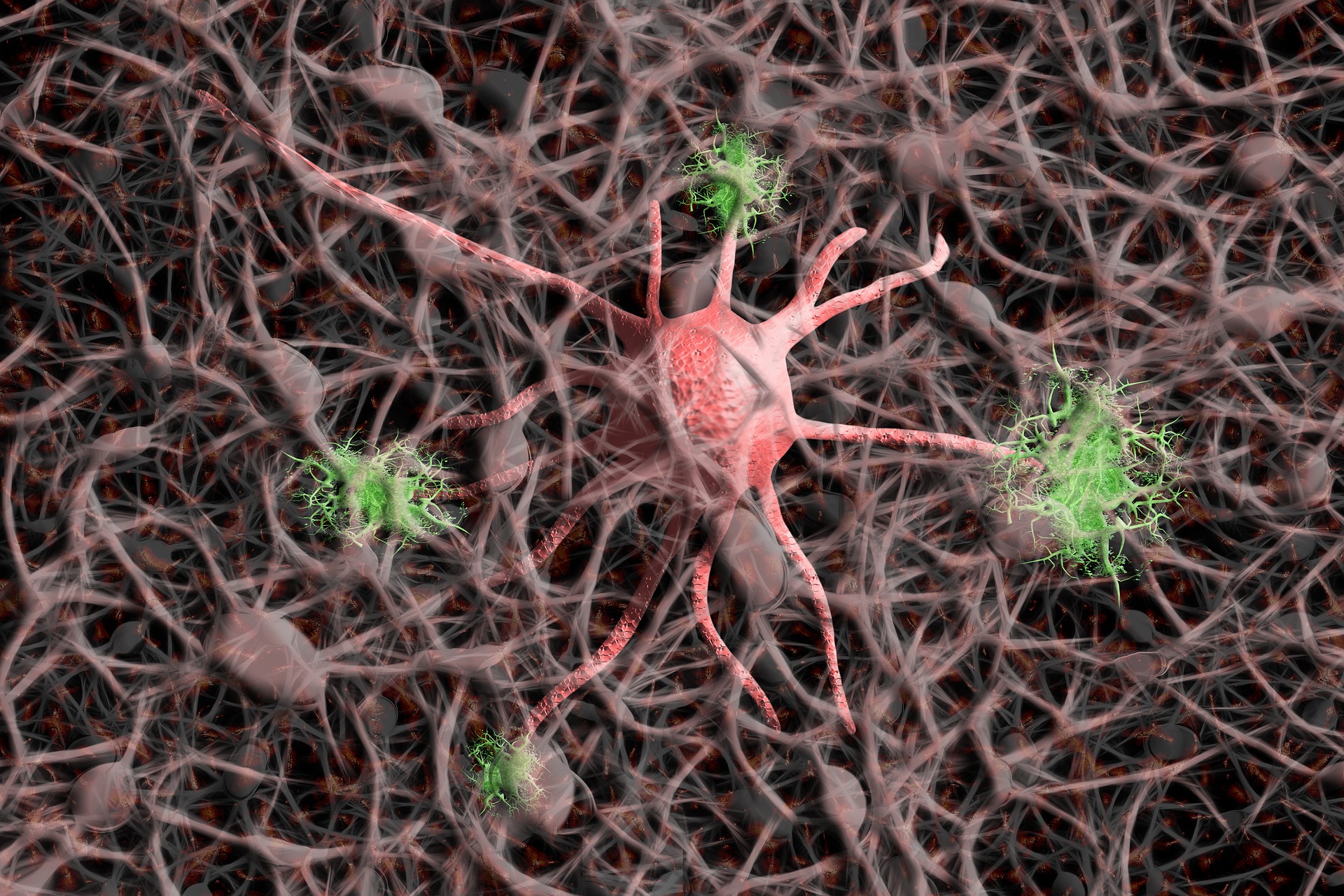
With the so-called stress axes, our body has several complex
biological systems in order to be able to react to and regulate stress.
In stress responses, there is often an order or hierarchy in the activation of the stress axes, although it is important to emphasise that the responses and axes are often
can be activated simultaneously and in interaction with each other. Nevertheless
You can roughly outline a sequence and typical situations for each axis.
An acute stressful situation, such as the honking of an approaching car when
Crossing a road leads to an immediate "fight or flight" reaction. In the process
the sympathetic nervous system is activated, which activates the
Body prepared for a quick reaction.
In longer-lasting situations, such as permanent work stress or the
In preparation for an important exam, the body releases the hormone cortisol in order to
energy and make other long-term adjustments.
The vegetative nervous system (VNS) acts as the centre for the two nerve cords
sympathetic and parasympathetic nervous system and regulates the situational adaptation of organs and organ systems. The adaptation reactions usually occur autonomously,
directly and permanently.

The sympathetic nervous system is responsible for the flight, fight or hide ("play dead") reaction patterns that are essential for survival. The organs and organ systems are stimulated in order to prepare alertness and the entire metabolism for an emergency.
In contrast, the parasympathetic nervous system focuses on regeneration, repair, sleep and reproduction. The relaxation of the muscles, the increase in digestive activity and the replenishment of energy stores are typical.
Please also read our other blog post...